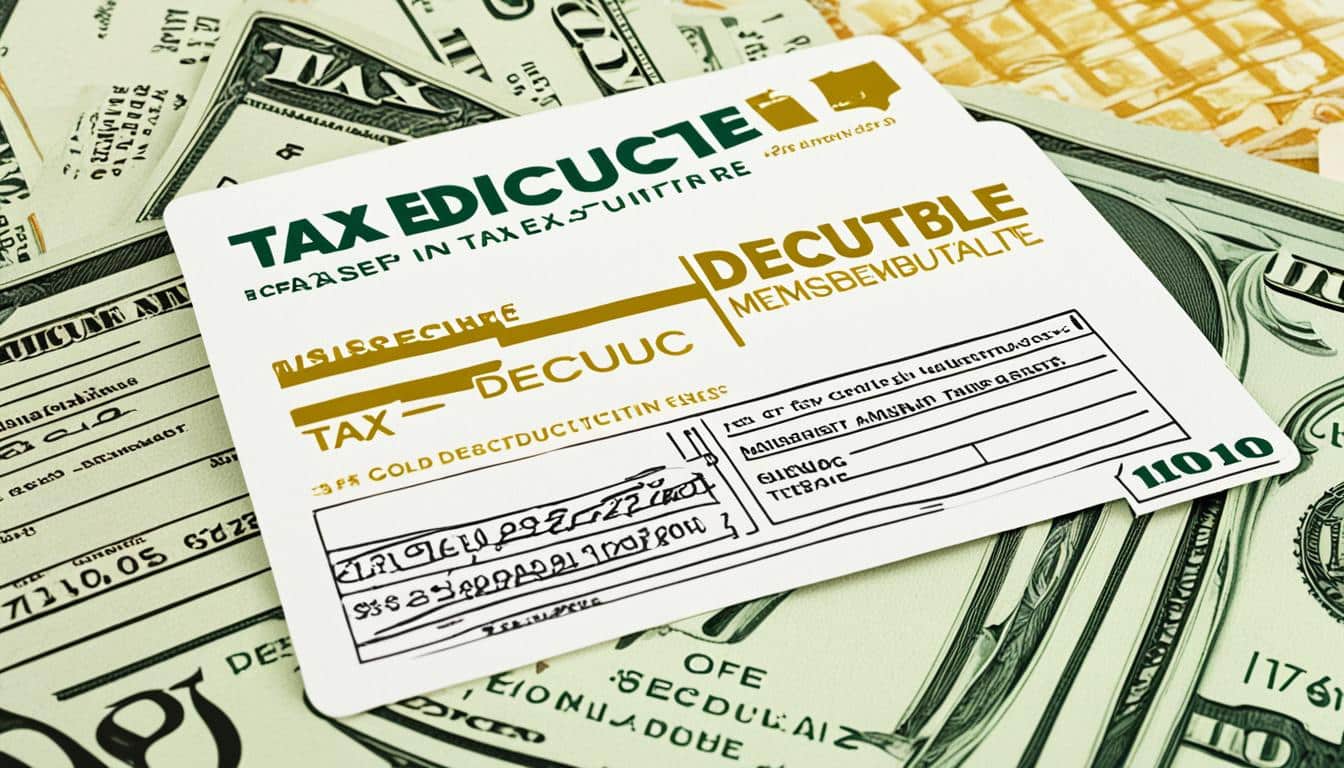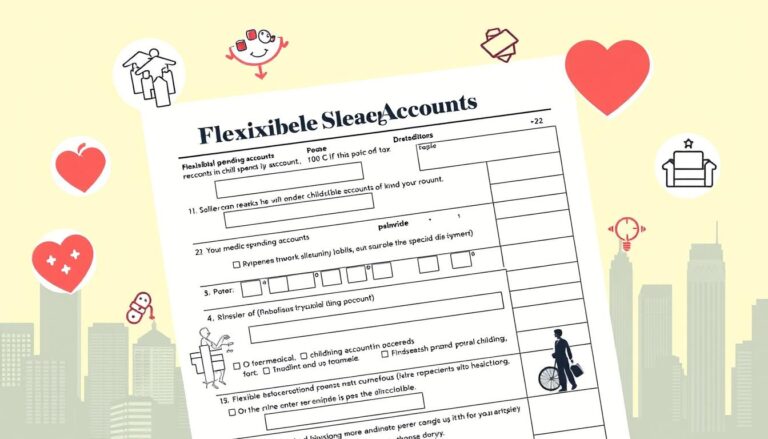Ever thought your love for art could help you save money at tax time? You’re not the only one! Museum memberships can be a big win for tax deductions. But first, let’s get into the details of these artful deductions.
Museums in the U.S. need private funds a lot. Memberships are key to their money health. These memberships give you perks like free entry, discounts, and special events. And, they could mean tax deductions for donations to museums.
Don’t get too quick to deduct your membership fees. The tax rules for museum memberships are complex, like a Rembrandt painting. You need to know the fair market value of the benefits you get versus what you pay. If what you pay is more than the benefits’ value, you might have a tax-deductible donation.
So, put on your thinking cap and let’s look into museum membership benefits and taxes. It’s time to make your cultural outings into tax benefits!
Key Takeaways
- Museum memberships can be partially tax-deductible
- Deductibility depends on benefits’ fair market value
- Payments exceeding benefit value may be tax-deductible
- Nonprofits must disclose benefit values for $75+ payments
- Understanding membership tiers is crucial for tax planning
Understanding the Tax Implications of Museum Memberships
Museum membership tax rules can be tricky. But, they are key for art lovers and donors. Many join museums for perks and to support them. And, they might get tax benefits too.
The General Tax Concept for Charitable Contributions
The IRS has rules for deductible museum donations. Nonprofit museums can get tax-deductible contributions. If your membership dues are more than the benefits you get, you might save on taxes.
Quid Pro Quo Contributions: What You Need to Know
Quid pro quo contributions are not just fancy words. In museums, they mean you’re paying for benefits and giving to charity. If your dues are over $75, museums must tell you how much you can deduct. It helps you with your taxes!
Fair Market Value: A Key Factor in Deductibility
Fair market value is key when figuring out what you can deduct. It’s what a buyer would pay if they wanted something from a seller. So, that special members-only preview might be worth more than you thought. It’s about what it’s worth to you, not the museum.
- Check if your museum is a nonprofit foundation
- Review the value of benefits you receive
- Keep an eye out for disclosures on contributions over $75
- Consider the fair market value of your perks
Understanding these ideas helps you make the most of museum memberships. It shows how supporting the arts can save you money.
Are Museum Memberships Tax Deductible?
Museum memberships can be tricky for tax deductions. Your support for museums might help you save on taxes. But, it depends on how the IRS looks at these donations.
Usually, you can deduct your membership fees if they’re more than what you get in benefits. For instance, if you pay $100 and get $50 in perks, you might deduct $50 as a donation.
- Payments under $75 usually don’t need detailed benefit info
- Benefits worth less than 2% of your payment or $97 are seen as small
- For donations of $250 or more, you need a written note from the museum
Tax benefits from supporting museums can differ. Some groups clearly state what you can deduct. This makes it easier for you to claim on your taxes. Supporting the arts can also save you money on taxes – it’s a good deal!
Family foundations and donor-advised funds have tougher rules for museum memberships. If you’re giving through these, talk to a tax expert. They can help you understand museum support and taxes better.
Navigating the Complexities of Membership Benefits and Deductions
Museum memberships have perks, but they can be tricky to understand for taxes. Let’s look at how they affect deductions for museums and donations.
Insubstantial Benefits
Are small perks worth thinking about for your deduction? Yes, they are! If the perks are worth less than 2% of your payment or $97, you can ignore them when figuring out your deduction.
The $75 Rule for Frequent Benefits
For things like unlimited free visits, there’s a special rule. If you pay more than $75, subtract the value of these perks from your deduction. This makes sure you only claim the truly charitable part.
Valuing Benefits: Availability vs. Use
It’s not how often you use the benefits that counts. It’s about if they are available. Even if you don’t go to the museum, you must include the value of free admission in your deduction.
Special Considerations
Family foundations and donor-advised funds have their own rules. They can’t give too many benefits to donors. For donations over $250, you need a written thank-you by the end of the year.
These rules can be hard to follow. If you’re unsure about deducting museum memberships, talk to a tax expert. They can help you get the most deductions while following the rules.
Conclusion
Understanding museum membership benefits and tax write-offs can be hard, like figuring out a Jackson Pollock painting. You now know that what you can deduct depends on the perks you get and how much you pay. It’s like a dance where every step is important!
The IRS lets museums ignore some benefits when figuring out your donation, especially if you paid less than $75. This means you might have more things you can deduct than you thought. But, for memberships that cost more, you’ll need to do some math.
Museum memberships can be a big deal or a small thing for tax deductions. Always keep good records, talk to tax experts, and keep up with tax changes. With the right steps, you can help your favorite museums and maybe even get some tax benefits. That’s a big win in the art world!








